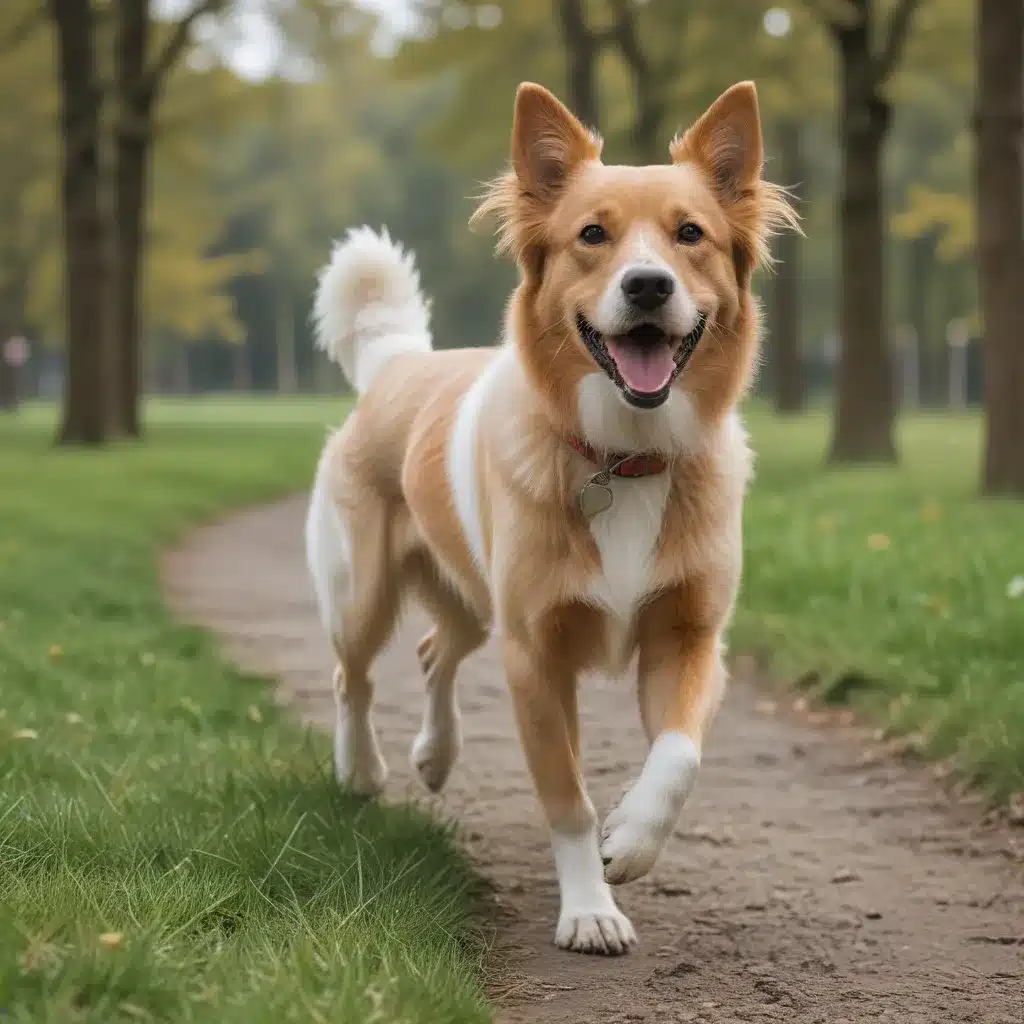
Unleashing the Limits: Finding the Perfect Exercise Balance for Your Canine Companion
As I sit here with my beloved pup, Daisy, happily snoozing at my feet, I can’t help but reminisce about the early days when I first brought her home. Oh, the boundless energy she had! She’d race around the yard, chasing squirrels and barking up a storm, only to collapse in a heap, tongue hanging out, once the playtime was over. Little did I know that I was dangerously close to over-exercising my furry friend.
You see, like many new dog owners, I had this misconception that the more I exercised Daisy, the healthier she’d be. I’d take her on long hikes, play fetch for hours, and even try to jog alongside her. But soon enough, I started noticing some alarming signs – she’d limp after our outings, refuse to move, and just lay there, panting heavily. It was a wake-up call that I had taken the “exercise more” mantra a bit too far.
Thankfully, through some research and guidance from our vet, I learned that there’s a delicate balance when it comes to how much exercise our canine companions need. It’s not a one-size-fits-all approach, as factors like breed, age, and individual fitness level all play a role. And just like us humans, our furry friends can overdo it, leading to some serious health consequences.
Recognizing the Signs of Over-Exertion
So, how can you tell if your dog is getting too much exercise? Well, it’s all about paying attention to those subtle (and not-so-subtle) cues they give us. For starters, keep an eye out for heavy, labored panting. If your pup is struggling to catch their breath, it’s time to call it quits and let them rest.
PetMD also warns that limping or reluctance to move can be a telltale sign of sore, overworked muscles. And if your dog just plops down and refuses to go any further, heed that as a clear message that they’ve reached their limit.
But it’s not just physical symptoms you need to be aware of. Behavioral changes can also indicate that your pup’s exercise regimen has become too intense. If your usually energetic companion suddenly seems disinterested or lethargic, it might be time to reassess your workout routine.
Breed-Specific Considerations and Tailoring the Routine
Of course, when it comes to exercise needs, one size definitely does not fit all. As I mentioned, factors like breed and age can greatly influence how much physical activity your dog requires. The American Kennel Club advises that larger, faster-growing breeds like Great Danes and Mastiffs are more prone to joint and bone issues if over-exercised as puppies. On the flip side, high-energy working dogs like Border Collies and Belgian Malinois might need more mental stimulation in addition to physical activity.
So, before you and your pup embark on an extreme workout regimen, it’s crucial to consult with your veterinarian. They can help you develop a tailored exercise plan that takes your dog’s unique needs into account. And don’t be afraid to mix things up – variety is the spice of life, even for our canine companions!
Striking the Right Balance: Moderation is Key
At the end of the day, the key to keeping your furry friend happy and healthy is finding that sweet spot between too little and too much exercise. As Martha Stewart’s experts advise, aim for no more than an hour of playtime or activity per day, with plenty of rest breaks in between.
And remember, it’s not just about the quantity of exercise, but the intensity as well. A leisurely stroll around the neighborhood is far less demanding on your pup’s body than a high-energy game of fetch or a long-distance hike. So, mix it up, listen to your dog’s cues, and above all, have fun together!
As I watch Daisy peacefully snoozing, I can’t help but smile, knowing that we’ve found the perfect balance. Sure, there were some bumps in the road, but with a little trial and error, and a lot of love, we’ve figured out an exercise routine that keeps her happy, healthy, and raring to go – but only within her limits. And that, my friends, is the key to a long and fulfilling life with your canine companion.
Now, if you’ll excuse me, I think it’s time for a nice, leisurely stroll around the block. Daisy’s already eyeing the leash, tail wagging with anticipation. After all, who are we to deny our pups the joy of a good, old-fashioned walk?

